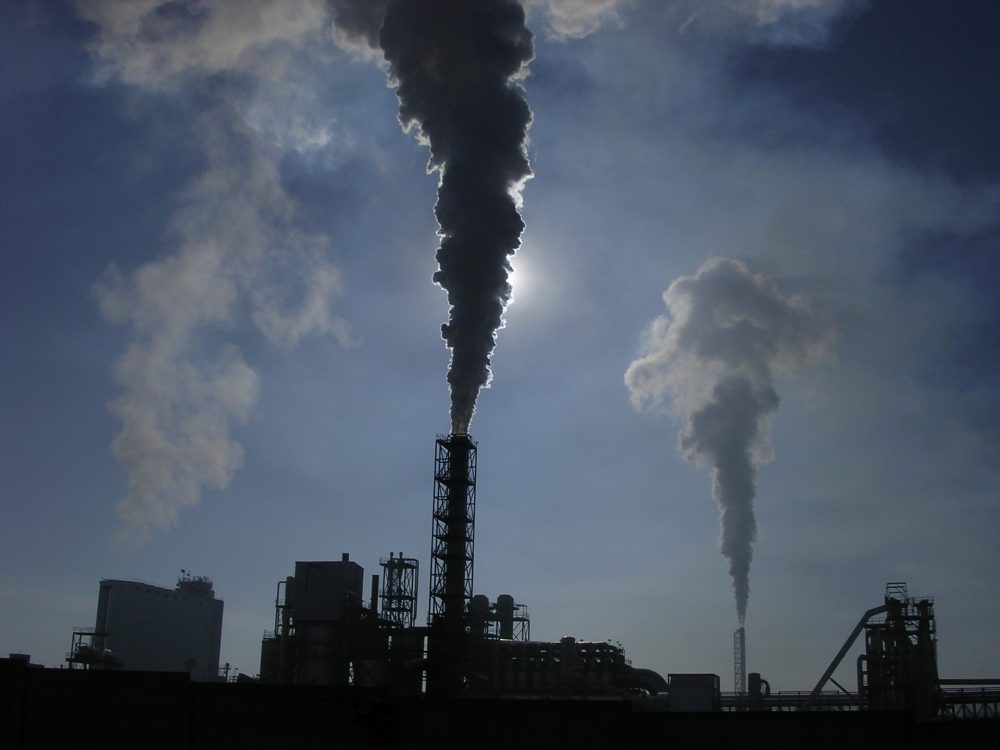Global carbon dioxide emissions from the use of fossil fuels will amount to 36.8 billion tons in 2023, a record figure that exceeds the 2022 level by 1.1% – according to the latest Global Carbon Budget report. This is a far cry from the considerable reductions required to achieve the climate targets of the Paris Agreement.
The report states that if current carbon dioxide emissions continue, the remaining CO2 budget for a 50% chance of limiting warming to 1.5°C could be used up in seven years and for limiting warming to 1.7°C in 15 years. Regional trends were very different: while fossil fuel emissions increased in India and China (+8.2 % and + 4.0 %), they fell in Europe and the United States (-7.4 % and -3.0 %) and decreased slightly in the rest of the world (-0.4 %). The authors attribute the decline in Europe to the expansion of renewable energies and the effects of the energy crisis. They attribute the growth in China to the delayed recovery from the effects of the Covid-19 lockdowns, among other things. The time remaining to achieve the climate targets of the Paris Agreement is running out fast, the report concludes.
Further details from the report
According to forecasts, the concentration of CO2 in the atmosphere will average 419.3 parts per million in 2023, which is 51% above the pre-industrial level. Around half of the CO2 emitted continues to be absorbed by “sinks” on land and in the oceans, while the rest remains in the atmosphere, where it causes climate change. Global CO2 emissions from fires were above average in 2023 (based on satellite records since 2003), due to an extreme wildfire season in Canada, where emissions were six to eight times higher than average.
The current level of technology-based carbon dioxide removal (i.e. excluding nature-based measures such as reforestation) is about 0.01 million tons of CO2, which is more than a million times lower than current fossil CO2 emissions.
The Global Carbon Project (GCP), which publishes the Global Carbon Budget Report every year, is an association of international scientists with major German participation. The Potsdam Institute for Climate Impact Research (PIK) provided simulations for the study using LPJmL5, a global vegetation and carbon model. Together with the simulation results of 19 other models, they form the basis for estimating the carbon sink and emissions from land use change.
Picture above: Emissions continue to rise. Photo: Pixabay/rasov

